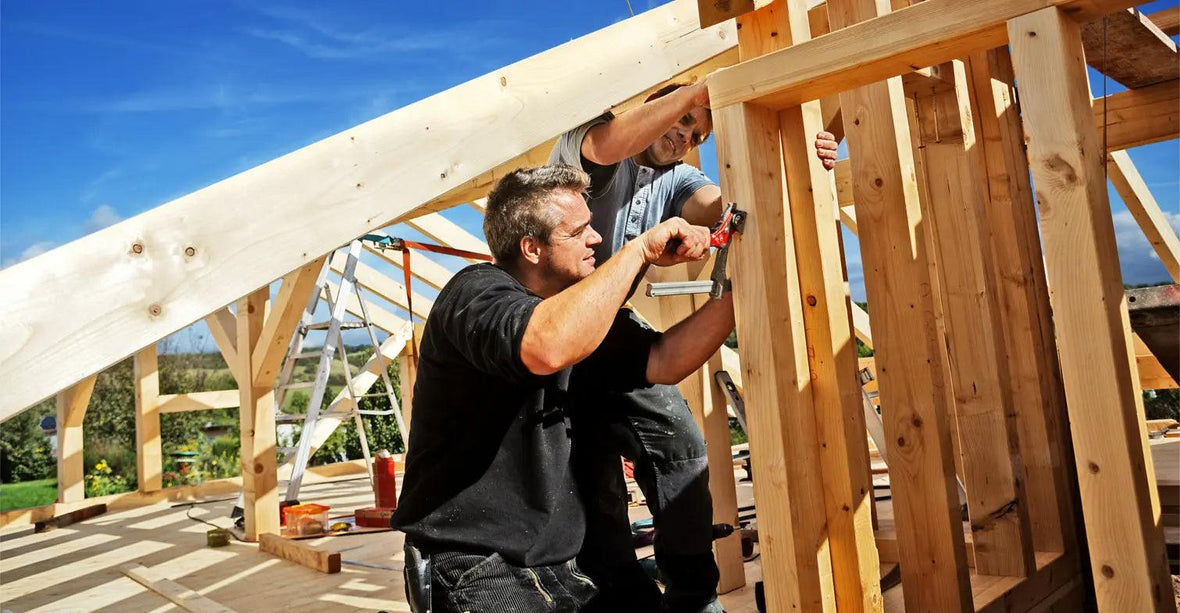
Do You Require Woodworking Joints? Then Take A Look At Our Range!
Chris Bourne
A good wood joint is essential for laying a proper foundation of required woodwork in any construction, whether it’s in building furniture or house framing. Anywhere that two pieces of wood need to come together a wood joint is required to establish firmness of the framework. While nails, glue, and screws, etc. are used, using the correct wood joint matters most for the stability of the product created.
Below we are discussing some woodwork joints commonly used in house framing
Butt Joint
The most common joint used in house framing is butt joint. It is considered to be one of the easiest joints in the woodwork as it requires to put one end of wood against another. This is usually fastened by a nail, screw or metal plate to firm the joint otherwise this joint can be very weak.
Biscuit joint
A biscuit joint is similar to a butt joint but requires to place an oval-shaped mortise which are made of compressed wood, to reinforce the joint. This joint is more for alignment than for strength though it is as strong as a mortise and tenon joint. This mortises in this are usually glued together.
Mitered (Mitred) Butt Joint
While being similar to a butt joint, this joint differs in how wood ends are met. In a mitred butt joint the ends are met at 45 degrees rather than 90 degrees. These joints are put together by nails or glue to strengthen the joint.
Mortise and Tenon Joint
A mortise and Tenon joint is one of the strongest joint. In this joint, the mortise piece of the joint has a cavity cut in the wood whereas tenon has a negative mortise piece jutting from it. The tenon fits nicely and strongly inside the mortise to create a strong joint. This type of joint is commonly used while making beams of different pieces of furniture.
Tongue and Groove Joint
Commonly used for the flooring purposes, this type of joint holds two flooring boards or laminations together along the edge. While one piece has a tongue cut on the edge, the other piece has a groove where the two pieces come together and fit closely. Frequently, the tongue and groove are at an angle to create a locking mechanism for the boards.
Dado Joint
A dado is a slot cut perpendicular to the grain in the wood piece, unlike a grove which is cut parallel to the grain. The slot can be cut through the entire piece for just stop before the end. This joint is usually used for joining two pieces of plywood or backs and sides of cabinets.


